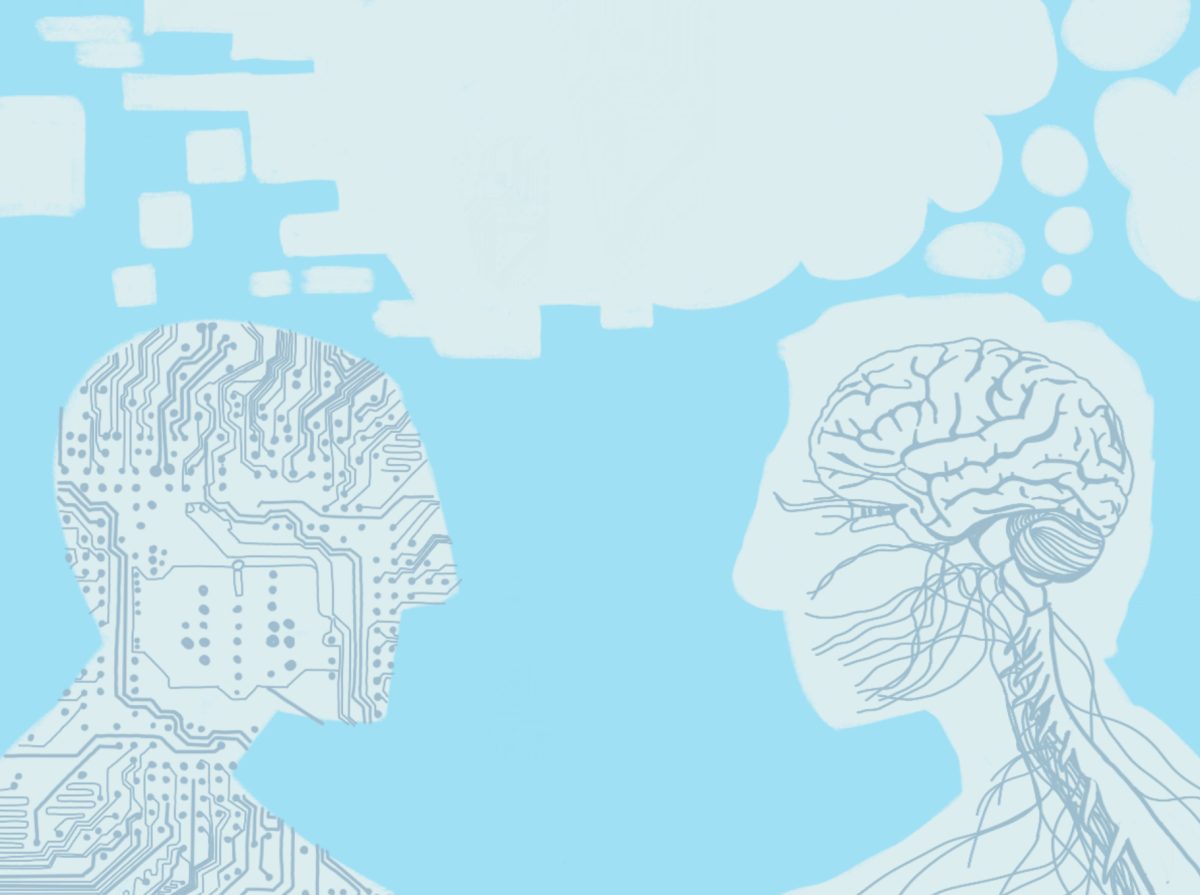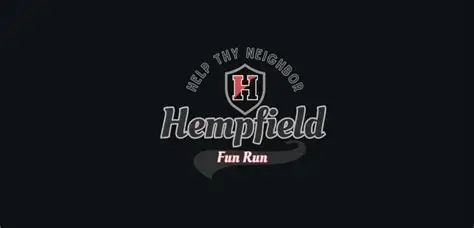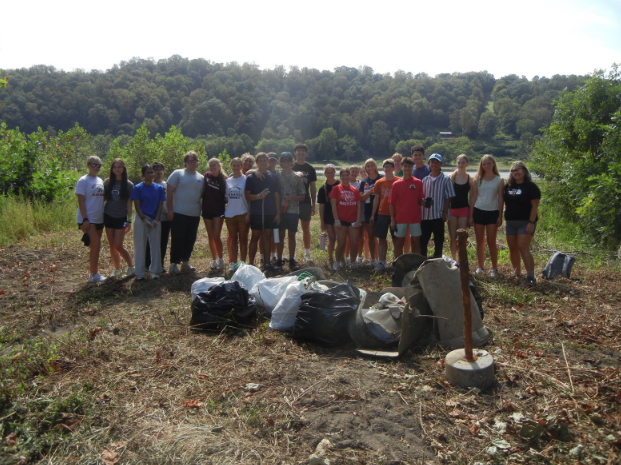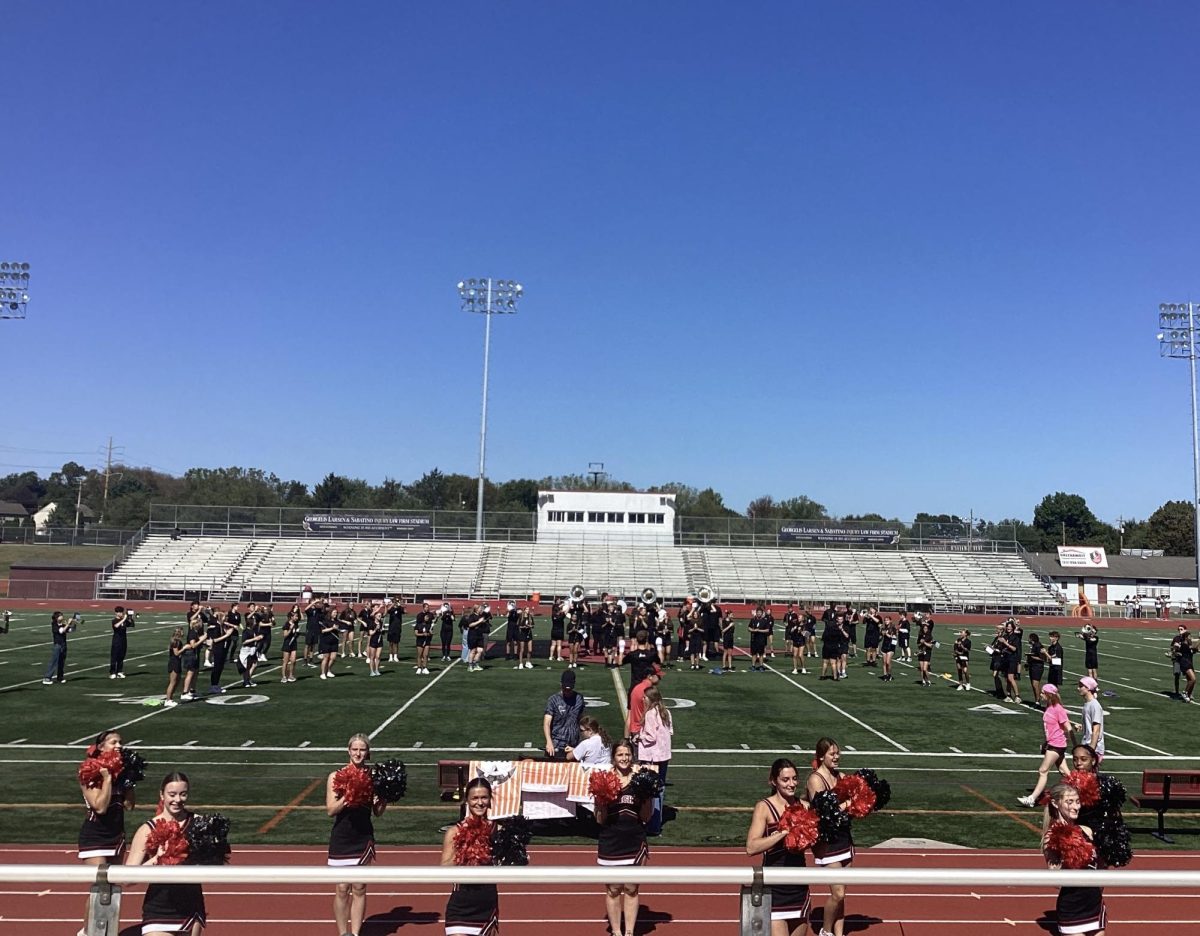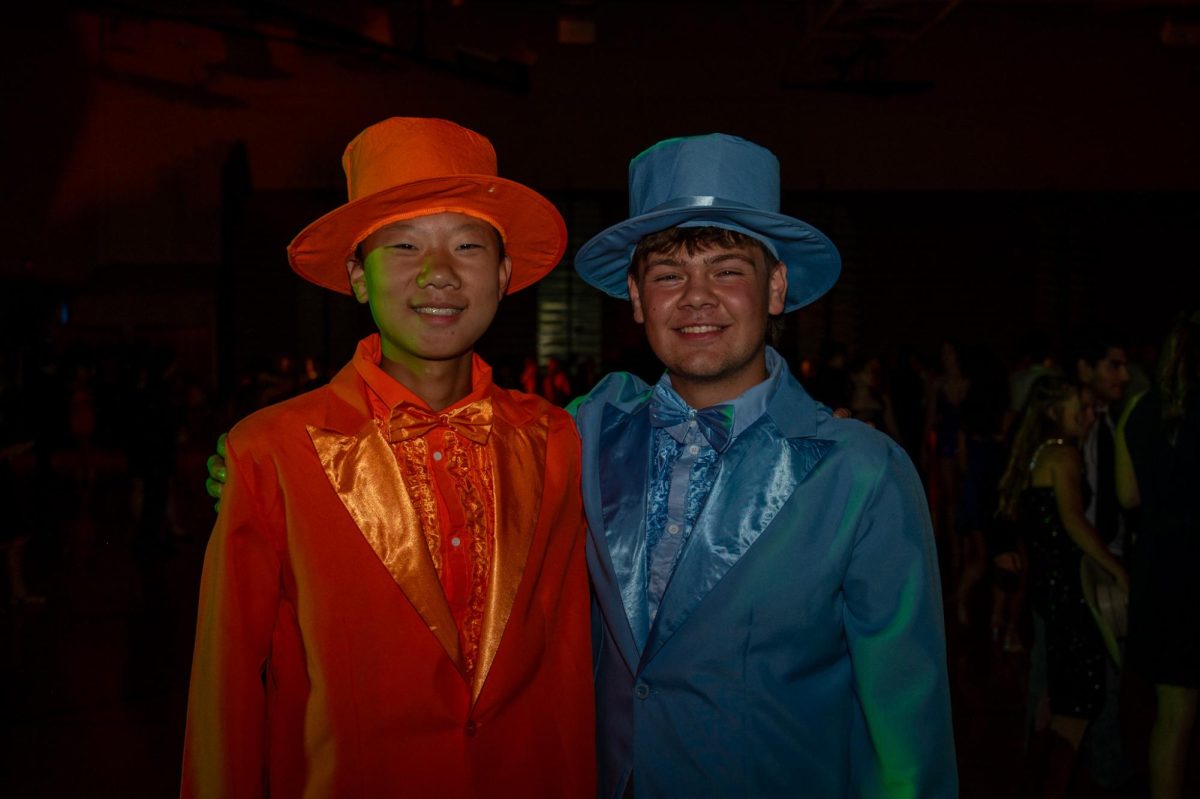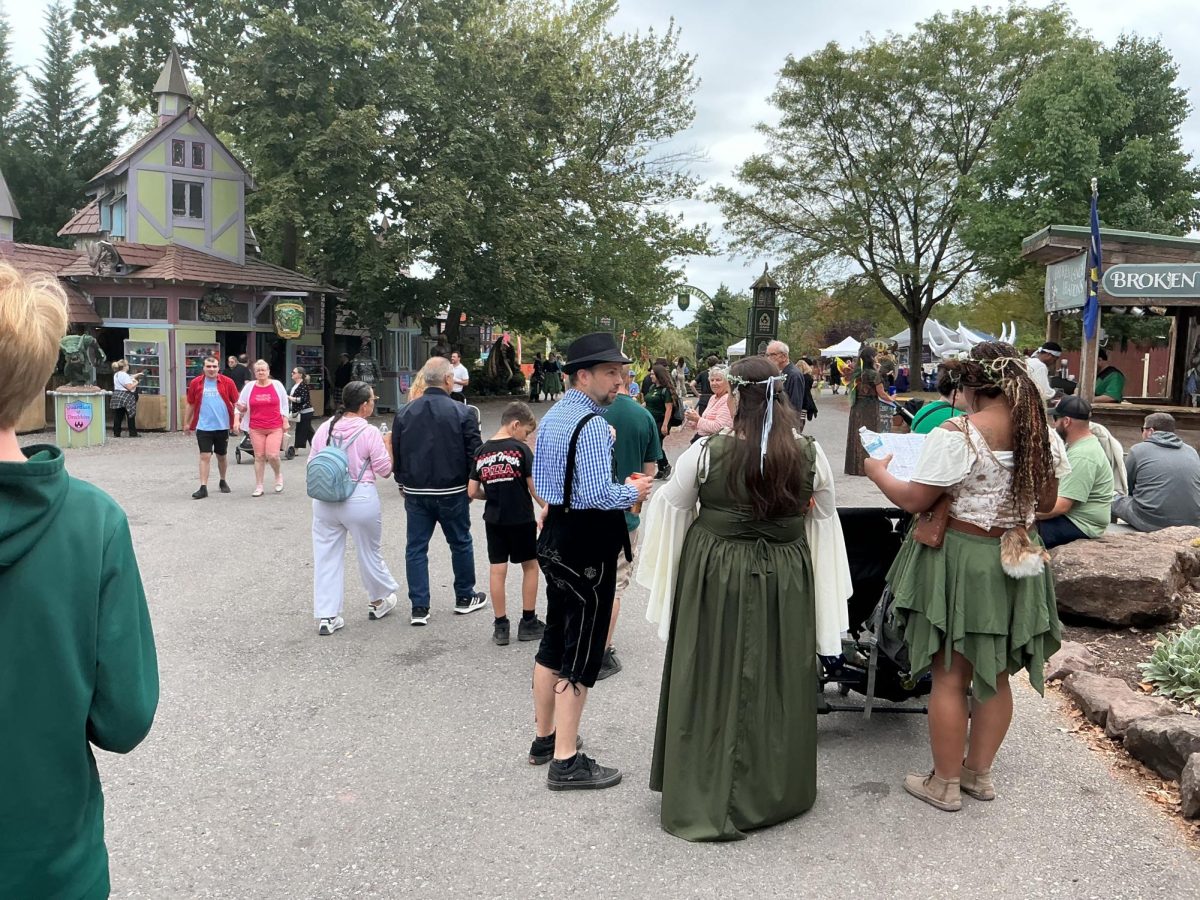We’re always told in school not to plagiarize, to avoid sharing answers, to never copy and paste, but do we actually know what this means in a modern context? In general, the teachers here at Hempfield have taught us that using anyone else’s written words as your own would be considered plagiarism. While correct, this is a very narrow definition for an issue that has actually grown quite large, in a very short period of time.
What is Plagiarism, Really?
According to Dr. Erin Shelor, Associate Professor of History at Millersville University, plagiarism as defined above can be a bit misleading, as “while we tend to stress plagiarism in writing, it can happen in just about any creative form, including music and art.” With this in mind for student writers, reexamining plagiarism involves paying attention to the creative aspect of the writing process, in which students and writers have to come up with their own ideas. What is plagiarism, then? I’ve defined two distinct types – the careless and the deliberate.
Careless plagiarism is the result of sloppy notekeeping, poor organization, and lack of awareness. This type of plagiarism comes from students who don’t hold themselves to certain standards that are required when writing, and so their plagiarism is sometimes not intentional, or at least not malicious.
On the other hand, deliberate plagiarism is the direct and knowledgeable theft of another’s work, for personal gain. An example of this would be a person copying and pasting a summary from the internet to submit, instead of them writing the summary on their own. Deliberate plagiarism is harder to control at the source, though through the use of developing plagiarism checkers, the culprit still may face punishment.
When asked why teachers are so concerned about plagiarism, Mrs. Strayer wrote that “a lot of students are tempted to use other people’s words and ideas because it feels easier than thinking for yourself.” A common theme amongst educators is to point out the difficulties students face when they don’t develop the critical thinking skills that are needed both in school and later in life. When students plagiarize, they don’t get to practice the process of writing one’s own opinions with evidence to support themself. This form of writing is one of the most powerful tools a student can learn, as it cements them as strong thinkers and communicators.
Aside from issues involving skill and learning, plagiarism has blatant ethical problems involving the attribution of credit where credit is due. Most would agree that, yes, it is wrong to take someone else’s work and claim it as your own. Especially when that material is the result of hard work, practice, and developed skill. Responsible writers hold themselves accountable for their work, and this involves making the deliberate choice not to steal from creators.
Now that we’ve established a baseline for what plagiarism is and why it affects us, let’s look at it in a more modern technological context.
Pressure, Stress, and Cheating
When asked about the motivations students might have for plagiarizing, 11th grader Shriya Pradhan wrote that students may turn to stealing existing work “due to a limitation, a lack of effort, or lack of time,” and as with all things, recent advances in technology have made this a much more viable option for students looking to complete assignments.
In 1999, a group of 15 researchers looked into an arising phenomena within American schools. Led by Raya Fidel and published in the Journal of the American Society for Information Science, this article examined how high school students pursued success, and the methods they used to achieve it. One notable observation included the amount of perceived pressure by students to get answers correct, which led many to copying and pasting from the internet.
Even now, this data is confirmed. According to a research paper conducted by Isabeau Tindall, Fu, Tremayne, and Curtis in 2021 found that “students’ negative emotionality is a risk for plagiarism engagement.” This reflects what 12th grader Sanya Dedhia wrote when asked about the stressors from school. “[Plagiarism] eases the workload … [and] can make you look smart.” In a critique of our current education system, she wrote that “We should prioritize knowledge of the technique over content. Instead of pure content, test on application in more flexible time constraints.”
The research done by Tindall and her colleagues highlights a modern issue that has arisen in the past 4 or so decades. As time has gone on, internal pressures on students to do well and achieve perfection have caused a negative shift towards cheating and plagiarism, as students become desperate for ways to boost their grades and “succeed.”
Even for students where the fear isn’t so drastic, this pressure is felt. This can be solved with participation on the parts of the students, the educators, and, of course, the school boards. Changing an education system that has been in place for over a century is quite a large undertaking, especially as we are not prone to changing our ways easily.
However, communication between all those involved in education, from the bottom to the top, can help ease the pressure of students. Explanations of expectations, what grades actually mean, and how certain assignments should be turned in can be a simple way for teachers to convey the importance of work to students. Discussions among students, along with taking an active role in the school community can affect how certain events are carried out, from increasing school spirit to changing a disliked decision of the school board.
As difficult as it seems, students need to take an active role in changing what they don’t like, and that includes communicating how we feel about the pressures of school. Change here may bring about change for the better in levels of academic integrity and honesty among students. Unfortunately for some, this will require them to be held accountable for their actions, as theft cannot be excused because of pressure.
An Age of A.I.
Artificial Intelligence has been around and used for decades at this point. Machines that use adaptive and predictive tools similar to those of ChatGPT have been used since the 90s. DynaVox was founded in 1982 in order to develop a device that allowed people to communicate with only eye movements, which used Adaptive Software technology. In 1992, text-to-speech programs became more widely available, which used predictive learning tools to improve speech recognition in computers.
These programs are useful and can be good. The issue with using these modernized, updated, and intelligent tools at school lies in the fact that students aren’t doing their own work. When asked about why plagiarism is such an issue, Mrs. Strayer, library aide and playwright, explained “When used appropriately, AI can be a helpful research tool. When used inappropriately, students can basically ask AI to plagiarize for them.”
This brings up an interesting point; we have determined that AI can be good when used correctly. Therefore, it is the responsibility of the writer to avoid misusing the technology at their fingertips.
In an article on the significance of AI in education, Associate Professor Sarah Eaton of the University of Calgary argues that the use of AIs –such as Chat GPT– in academic environments is concerning not just because the bots are plagiarizing, but because of the content of the generated texts. In fact, machine learning has advanced far enough for us to reach a point where “the text itself is completely original – sometimes to a fault. … [AIs] can fabricate details… that can be completely untrue.”
This raises a whole host of new questions: If machines can create texts that are original, can we even call it plagiarism? Should we change our current definition of plagiarism to include developments in technology? How does this affect writers, artists, and creators, as AI-generated material becomes more available?
This is where we have to take initiative as the people who are using these tools, both in terms of where we are getting information from, and how we use AI. Regardless of how accurate the information we get from softwares is, the robots are not the only ones plagiarizing. If people choose to take the generated text, they are plagiarizing. Even if they’re not taking material directly from another person, they are not creating their own arguments. They are taking from another source and crediting themselves.
Both Dr. Shelor and Mrs. DeMaria expressed concerns not only over the loss of learning, but about the ease with which students can use the internet to steal information, especially in ways that are harder and harder to detect. Shelor recalls that “there’s just so much information available in only a few seconds. And … you can copy and paste that information,” which seems to be one of the largest issues with using AI, as well as the internet and all of the data that is available to anyone who looks for it. Copying and pasting is harmful to the student, regardless of whether or not they got it from a human being or a robot.
In her interview, Mrs. DeMaria brought up another interesting point about the ways people can plagiarize with AI. The theft of generated text and art is difficult to police due to the fact that “AI cannot be copyright protected because a human did not create it.” In other words, the use of AI in content creation of any form has made a gray area that some have started to exploit. Only recently has it started to become considered questionable, especially with more and more students across the U.S. turning in plagiarized, AI-generated papers.
Unfortunately, deliberate plagiarism is still a large problem within schools, and it often is harder to control at the source. Students who are deliberately making the decision to use generated material in order to benefit have displayed a behavior that is unethical, and could indicate that they are undereducated about the effects of plagiarism. This sort of issue requires energy and time to be put into preventing plagiarism from happening again, on both the part of the teachers and students, which may be why we continue to see students using AI irresponsibly. However, those students that do avoid these methods will surely see positive benefits and grow to be efficient communicators and writers.
Resources YOU Have Access To
Citing your sources can be difficult, especially if you have a paper due at 11:59, complete with an annotated bibliography. Luckily, our school recognizes this and offers multiple resources to help students with these processes.
In general, writing down which sources you use and bookmarking them as you use them is a great way to keep track of your sources. Once you have a list of links, books, and other sources, you can easily use templates for the citation style of your choice to finish your bibliography. For in-text citations, similar methods apply. As you reference source material, make sure to include where and who it came from, even if you plan to change the text later. This is another simple way to avoid plagiarism, and easily achievable if you take an extra three seconds to note where you got your information from.
Of course, you can always go to the library or send a Schoology message to our librarian Mrs. DeMaria for help. Librarians are a fantastic resource for anyone who needs help with any English-related questions. Similarly, communicating with your English teacher and asking questions is a good way to ensure that you learn how to properly cite your sources to the teacher’s standards and achieve the grades you want. However, if you need help with only a few things, or are running behind on a paper that’s due, there are many online resources that can help you.
Hempfield uses a program called NoodleTools, which is a citation management tool available to all students with a Hempfield email address. To find NoodleTools, open up the Hempfield Student Resources page, and click on the link. Citing sources becomes easy with NoodleTools, as it has prompts about what type of source is being cited and open text boxes for all required fields that are needed in order to cite in any particular style. This is another example of something a teacher or librarian can help you with. Using NoodleTools can be a bit confusing at first, but asking teachers to point you in the right direction is perfectly acceptable and helps eliminate any risks of plagiarism to begin with.
Purdue University runs a free program called Purdue OWL, which is an internationally available resource that provides assistance with English and writing to students, teachers, and more. They offer assistance with MLA, APA, and Chicago citation styles, and each section contains a list of basic format, templates, sources, and new editions to the style that students can look up in order to properly cite their sources. Purdue OWL is a great source for looking up basics on how to cite various types of sources, and it’s easy to copy, paste, and fill in the blanks of a template with your source information.
Citing sources properly requires effort, but like with all things, practice makes the process go much faster. These tips are to help students who understand and know that they need to be accountable and properly give credit to the original creators. Links to the mentioned resources will be included below in this article, in order to offer support to students who need help with citing their sources.
Conclusion
Plagiarism is a large issue in schools across the country, especially with the dawn of technological advancements and increased information access. Even with the pressure on students that comes with school, it is the responsibility of every person to hold themselves to certain standards regarding the use and theft of material, be it for writing, art, or music. Being aware and active in our school environment can help students feel more confident in their writing and comfortable with making mistakes – we’re all learning!
Resources:


